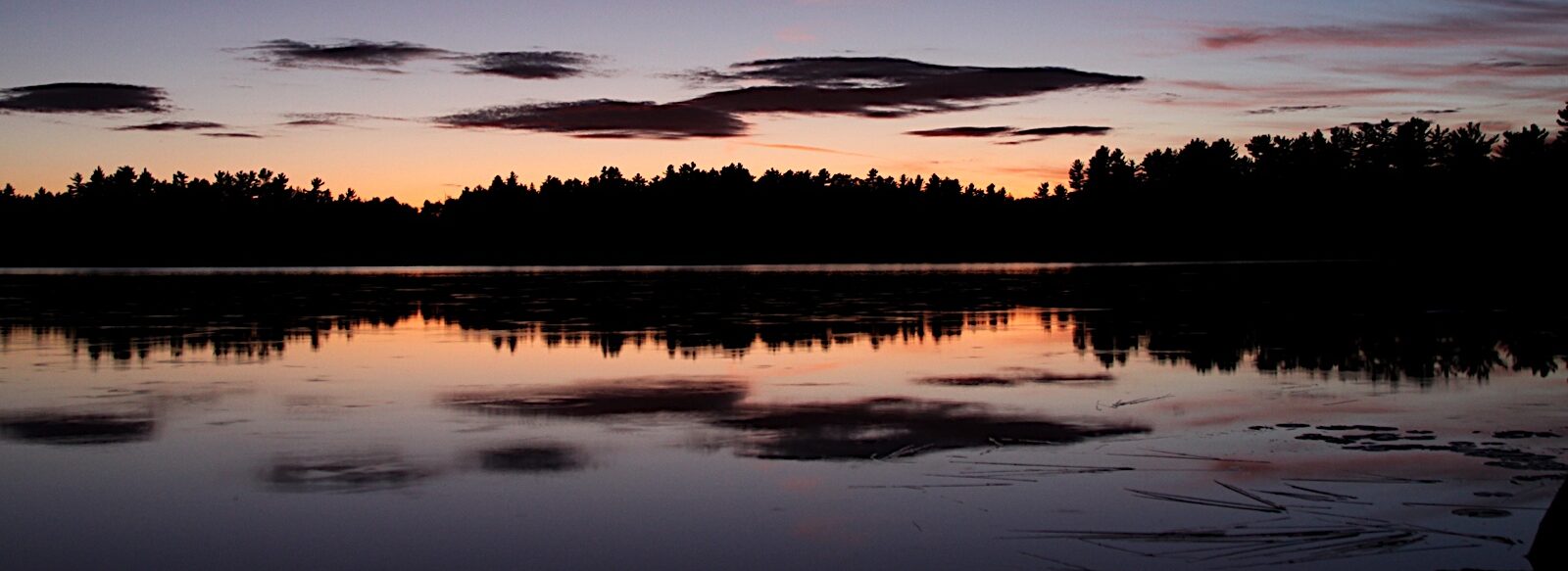Whatever one's view of the risks and benefits of nuclear power, fact is that most countries that operate nuclear power plants have piled up a significant amount of radioactive waste. Most of this waste is stored in interim storage, where, for a variety of reasons, it cannot stay indefinitely. The safe disposal of nuclear waste in some form of geological repository is an urgent and important task for many nations.
Luckily, a range of countries have advanced their disposal projects quite far: Finland, Sweden, Switzerland will build and start operating geological repositories for low-, intermediate- and high-level nuclear waste in the next decade. Other countries, such as France, Germany, Belgium, South Korea and the UK have their disposal concepts advanced to various stages, and yet others are actively exploring their options.
The siting and design of geological repositories for nuclear waste is a fascinating task, where all of our skills as geoscientists are needed. We need to understand the regional geology of a country to identify where suitable host rocks exist in sufficient volumes, undisturbed by tectonic processes and volcanism, ice ages and human interference. We need to understand the host rock's mechanical, thermal, chemical and hydraulic properties, and its response to the presence of the repository. We need to design a repository that keeps the waste isolated until it is safe. We need to project all of this 1 million years into the future with a minimum level of confidence. And we need to communicate all of this the people who live there, and who will become experts themselves and understand the risks.
Plenty of important and exciting work for geoscientists!
So far, my own work on nuclear waste storage involves three aspects:
- Together with Simon Harley, I teach a course on Nuclear Waste storage: Principles, Policies and Practice for our 4th and 5th year students. Simon and I developed this course a few years back, and it covers all aspects of waste storage, from principal definitions, waste types and inventories through storage concepts, screening and siting, to R&D and natural analogues. Highlights of this year (2021) were the student presentations as well as a student-led discussion with leading representatives from RWM (UK), Nagra (CH) and BGE (GER) that explored "National Screening Approaches and Community Engagement".
- I have been external expert reviewer for the National Citizens’ Oversight Committee (NBG) in Germany. I was tasked with assessing the interim report "Sub-areas" that was published by the Bundesgesellschaft für Endlagerung mbH (BGE) - the state-owned corporation that implements the site selection procedure. My report can be found here (in German). I also presented the report during a public event at the NBG and acted as an expert opponent during one of the public conferences that enable citizens to debate the progress of the site selection with experts from BGE.
- I also conducted a proof-of-concept study (funded by the Carnegie Trust for the Universities of Scotland) where we directly imaged the infiltration of a bentonite barrier around a (simulated) heat-emitting waste canister using neutrons at the Institute-Laue-Langevin in Grenoble. This was my first foray into neutron imaging, which allows to image the water distribution even in thick metallic pressure vessels. We found that, over ~18 hours, water never saturated the barrier, and water distribution remained very uneven (see movie below). Surprisingly, there were even domains of the bentonite that dried from its original state and formed shrinkage cracks. The data from this experiment were analysed by Jack Robertson for his MEarthSci thesis. Overall, the experiment demonstrated that this imaging technique allows new insights into key processes (despite the significantly smaller length- and shorter time scales). Unfortunately, we never received beam time to conduct more sophisticated follow-up experiments, which is why this project currently hibernates.
Video showing the relative changes between neutron radiographs collected over the duration of about 30 hours. Water infiltration from the top into two bentonite slabs on either side of a central heating cartridge. Dark colours mean high water content. Note that the center of the sample, where the heat source sits, never saturates, but rather forms small horizontal shrinkage cracks.
